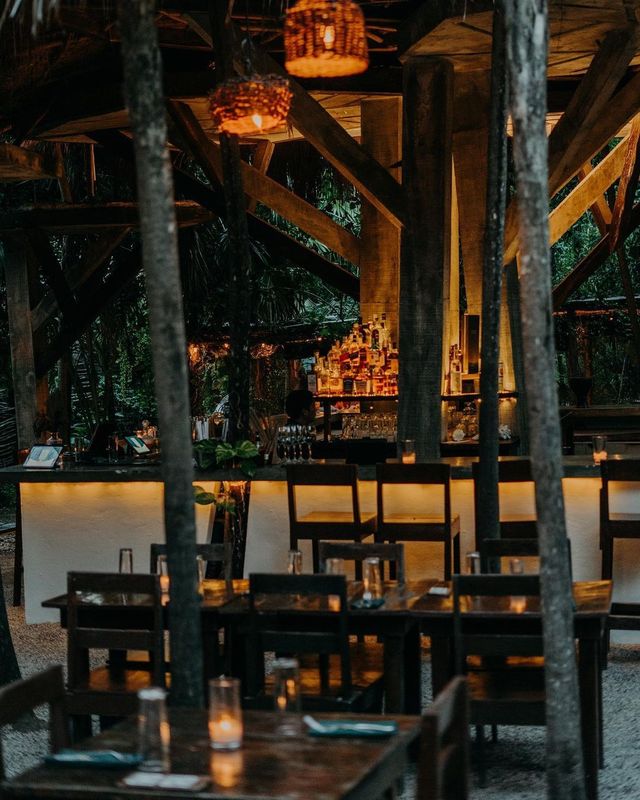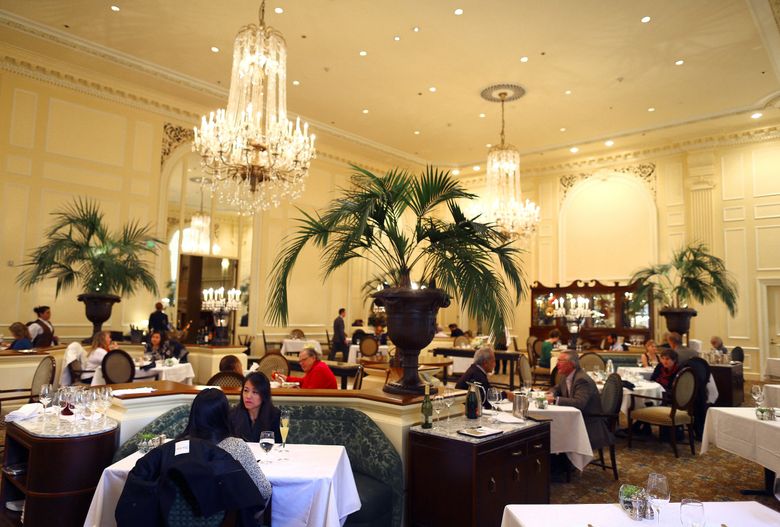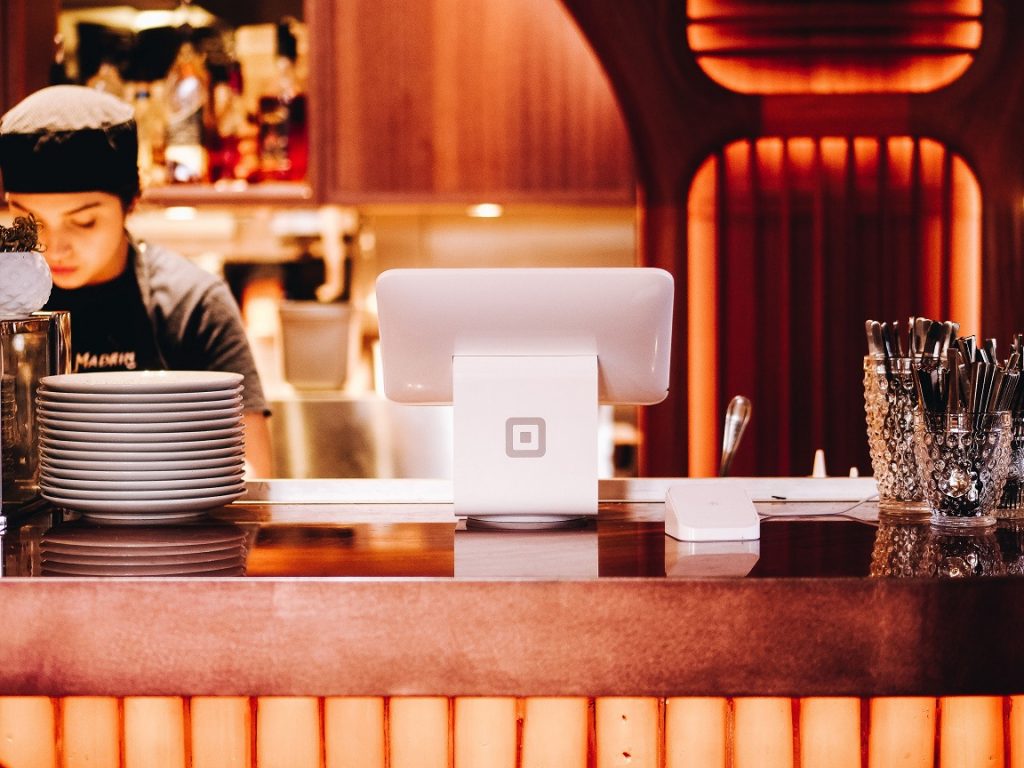Savor Authentic Asian Food With a Pan-Asian Twist for a Culinary Adventure
Getting started on a cooking trip through genuine Eastern food, enhanced with a Pan-Asian spin, offers a special opportunity to check out the abundant tapestry of flavors that define the area's diverse cooking customs. As you consider these luring dishes, think about the social narratives and historical impacts that form them, each bite using a tale waiting to be discovered. Chinese food Islamabad.

Discovering Pan-Asian Flavors
In the world of worldwide gastronomy, Pan-Asian food sticks out for its amazing variety and the harmonious interaction of flavors from different Asian societies. This culinary technique celebrates the unique active ingredients and rich practices discovered throughout the continent, creating a tapestry of tastes that is both fascinating and rewarding. Secret to Pan-Asian cuisine is its capability to stabilize contrasting tastes-- pleasant, salty, spicy, and sour-- while highlighting the quality and quality of each component.
From the umami-rich soy sauce of Japan to the fiery chili peppers of Thailand, Pan-Asian food provides a comprehensive scheme of flavors. These components are typically integrated in creative means, boosting meals with layers of intricacy. For circumstances, making use of great smelling natural herbs such as lemongrass and cilantro, common in Vietnamese and Thai food, adds a rejuvenating brightness to dishes, while the unification of coconut milk delivers a velvety, rich texture.
The focus on fresh produce and aromatic seasonings guarantees that each meal is not only a banquet for the palate yet also for the senses. Pan-Asian cuisine invites diners to start a cooking trip, discovering the large and differed landscapes of Eastern gastronomy with every bite.
Fusion Recipes to Attempt
While Pan-Asian food is commemorated for its standard tastes, the modern-day culinary landscape is increasingly welcoming combination dishes that mix these traditional elements with impacts from other regions. This innovative method not only honors the rich heritage of Asian cookeries but also presents unique preference experiences that attract contemporary palates.
A prime example of such a fusion recipe is the Korean-Mexican taco, where marinated bulgogi beef is covered in a cozy tortilla, topped with kimchi and a zesty gochujang-infused salsa. This combination marries the vibrant, mouthwatering tastes of Korea with the lively, fresh aspects of Mexican cuisine. Similarly, sushi burritos have actually gotten popularity, amalgamating the delicate virtuosity of Japanese sushi with the passionate, hand-held convenience of a burrito, commonly featuring blend components like tempura shrimp and avocado with a drizzle of wasabi mayo.
One more notable recipe is Thai curry ramen, which infuses the velvety, fragrant seasonings of Thai curry into the soothing brew of conventional Japanese ramen, creating an unified blend that tantalizes the senses. These blend meals expand past mere novelty; they stand for a culinary dialogue in between cultures, motivating expedition and innovation worldwide of Pan-Asian cuisine.
Crucial Ingredients and Spices
To truly appreciate Pan-Asian food, one have to understand the vital active ingredients and seasonings that create its structure. This diverse culinary style attracts from an abundant tapestry of Asian practices, using a harmonious blend of structures and flavors.
Fragrant components are critical, with lemongrass, ginger, and garlic being ubiquitous throughout different Pan-Asian recipes. These active ingredients offer a fragrant base that enhances the intricacy of flavors. Seasonings such as star anise, cardamom, and cinnamon present warmth and character, resembling influences from areas like China and India.

Food Preparation Techniques and Tips
Mastering the art of Pan-Asian cuisine needs knowledge with its distinctive food preparation techniques, each adding to the dynamic tapestry of flavors this culinary custom is celebrated for. Central to these approaches is the stir-fry, a fast cooking strategy that protects the nutritional stability and vivid shades of active ingredients. Making use of a wok, the stir-fry technique enables even warmth circulation, essential for achieving the particular texture and flavor balance of Pan-Asian dishes.
Another basic strategy is steaming, particularly prevalent in Chinese cuisine. This mild method keeps the natural tastes and nutrients of ingredients, making it optimal for seafood and vegetables. Dumplings, a beloved staple, frequently gain from steaming, causing soft, succulent structures.
Grilling, additionally indispensable, imparts great smoky midsts to meals such as Korean bulgogi or Japanese yakitori (Best ambiance restaurants Islamabad). This strategy often involves marinating ingredients, permitting tastes to permeate deeply prior to food preparation over an open flame or warm plate
Last but not least, understanding the art of balancing tastes-- pleasant, sour, salted, bitter, and umami-- is essential. Appropriately layering these components can raise a recipe from common to phenomenal, using a complicated and satisfying cooking experience that personifies the significance of Pan-Asian food.
Dining Experiences Worldwide
Throughout the globe, Pan-Asian food uses an unparalleled eating experience, celebrated for its rich tapestry of tastes and lively presentations. This culinary phenomenon has actually transcended social boundaries, recording the hearts and tastes buds of food enthusiasts worldwide. In worldwide cities like New York, London, and Sydney, Pan-Asian dining establishments act as melting pots where cooking customs from Thailand, Japan, China, and beyond converge, offering restaurants with an eclectic mix of recipes look at this now that highlight the region's diversity.
The international appeal of Pan-Asian cuisine exists in its capacity to use both authenticity and innovation. Cooks masterfully marry standard active ingredients such as lemongrass, soy sauce, and miso with modern techniques, resulting in meals that are both acquainted and refreshingly brand-new. This blend permits diners to embark on a culinary trip that appreciates heritage while welcoming modernity.
Additionally, dining experiences are boosted via attentively made settings that reflect the ethos of Pan-Asian looks. From minimal Japanese-inspired insides to lively Thai-themed areas, each dining establishment uses an my review here one-of-a-kind setting that matches the cooking offerings. Because of this, clients are not simply consuming a dish yet partaking in a cultural experience, making Pan-Asian dining an absolutely international sensation.
Verdict
The exploration of Pan-Asian food provides a profound understanding of the intricate interplay of tastes and culinary customs across Asia. By welcoming combination dishes such as Thai curry ramen and sushi burritos, the cooking trip not only highlights the flexibility of traditional active ingredients however also showcases innovative modern techniques. This gastronomic journey, enhanced by necessary flavors and cooking techniques, offers an unique possibility to value the social variety and cooking virtuosity that specify Pan-Asian cuisine on an international range.
Beginning on a culinary journey through genuine Asian food, enhanced with a Pan-Asian spin, offers an unique possibility to check out the abundant tapestry of flavors that define the region's varied cooking traditions.In the realm of international gastronomy, Pan-Asian food stands out for its impressive variety and the unified interplay of tastes from different Eastern cultures. Secret to Pan-Asian food is its ability to stabilize different flavors-- sweet, salted, spicy, and sour-- while highlighting the freshness and top quality of each component.
